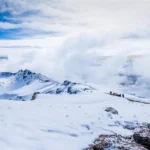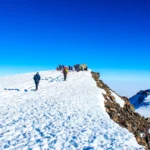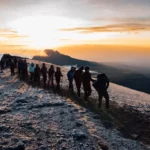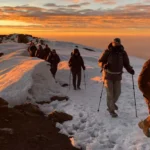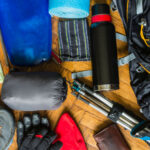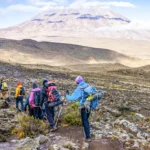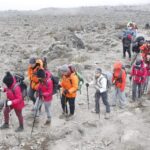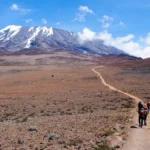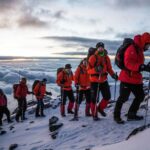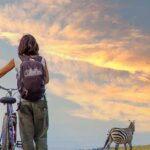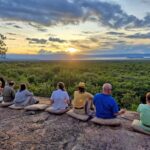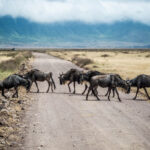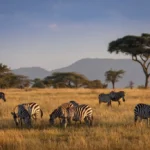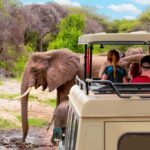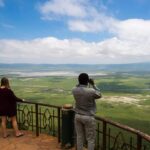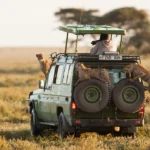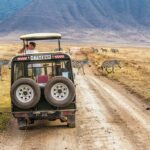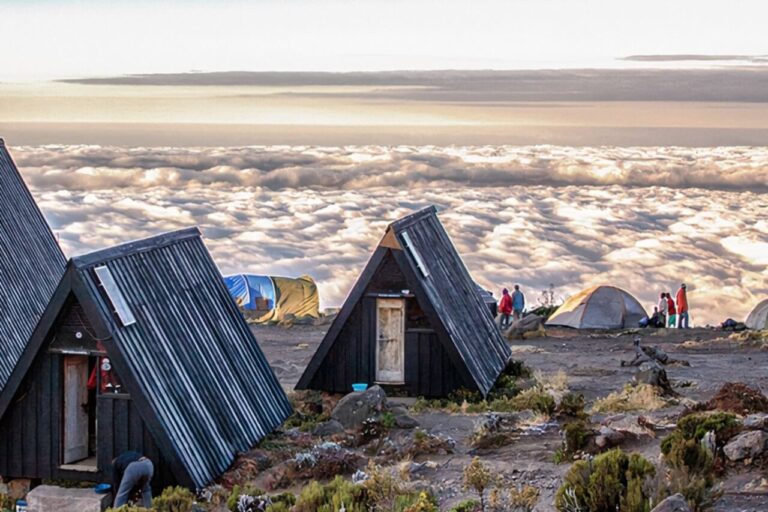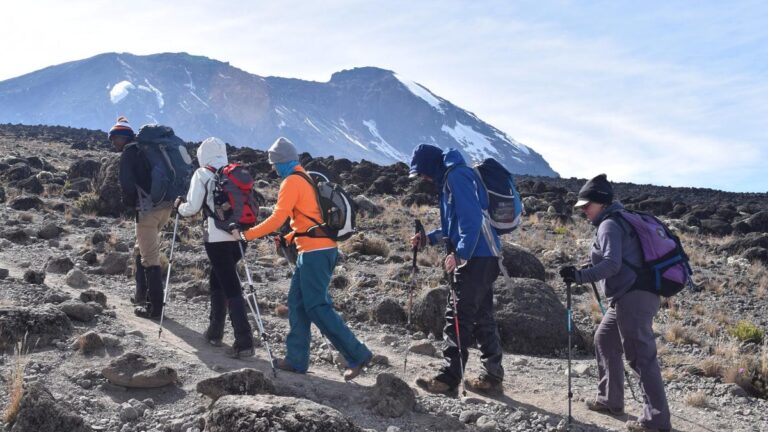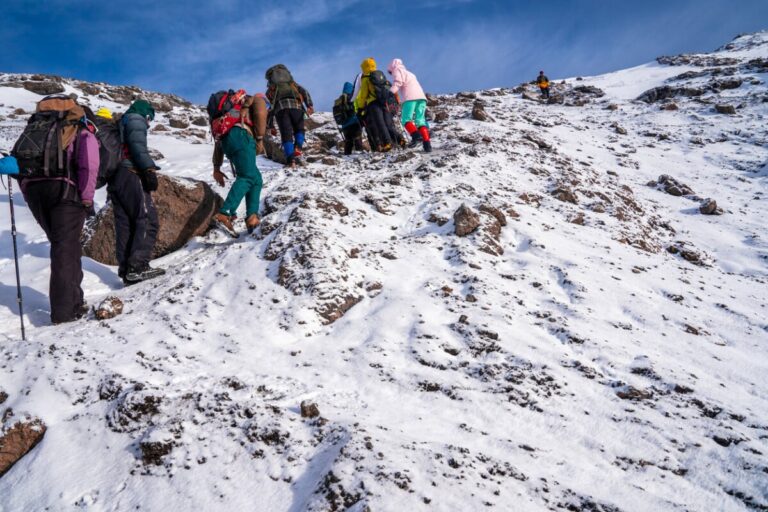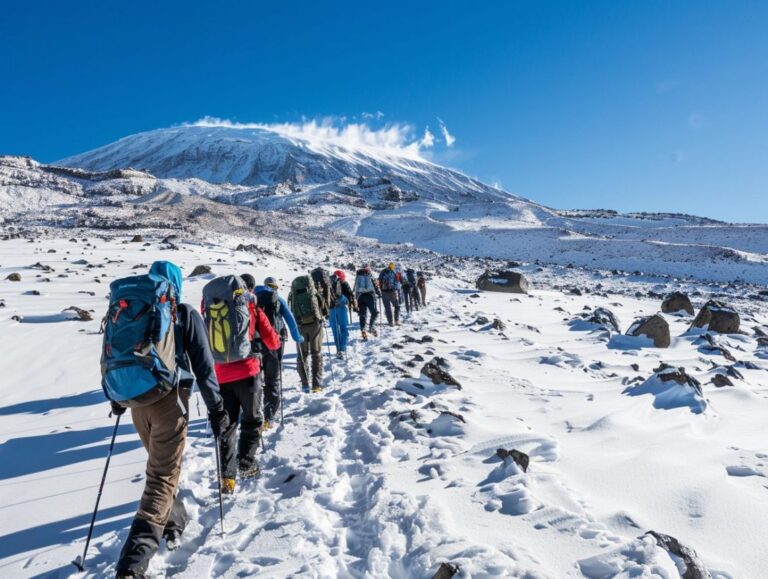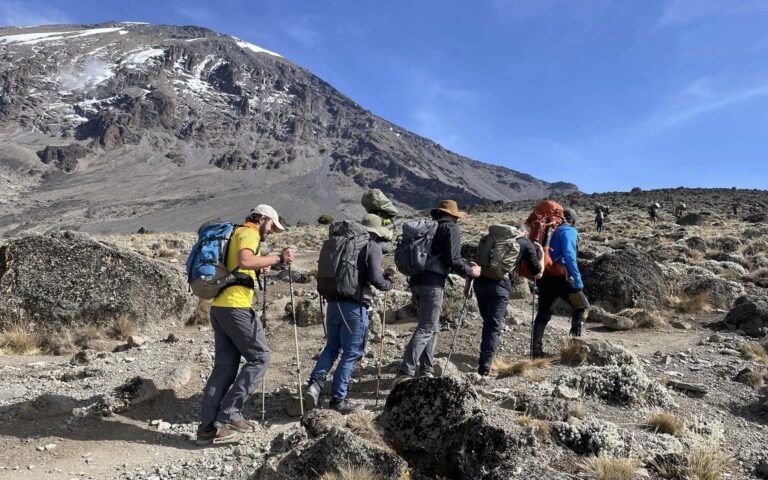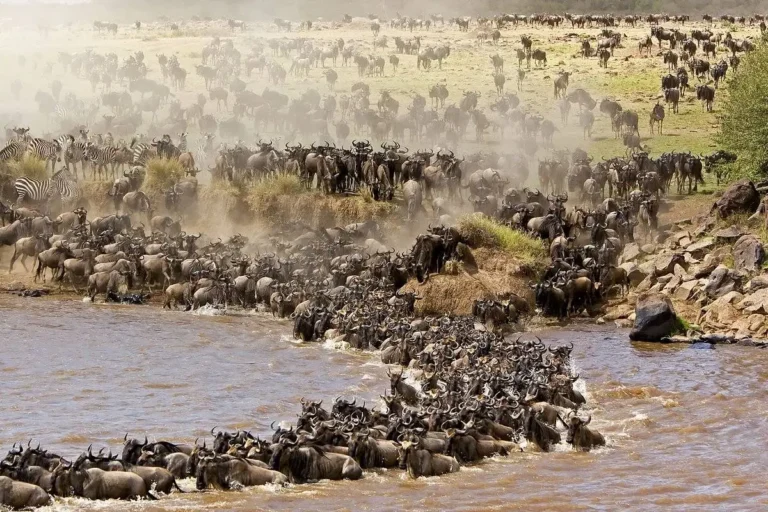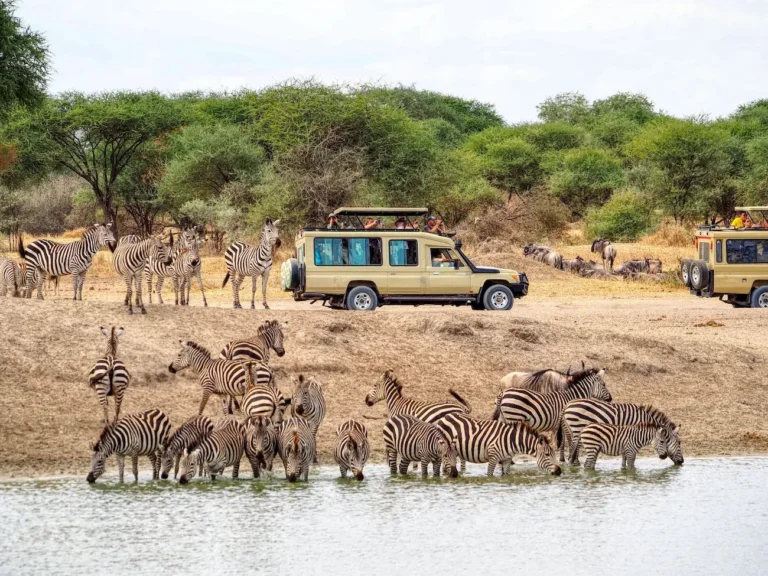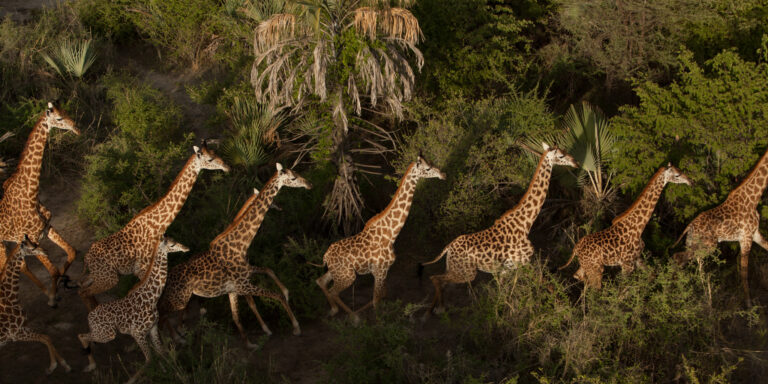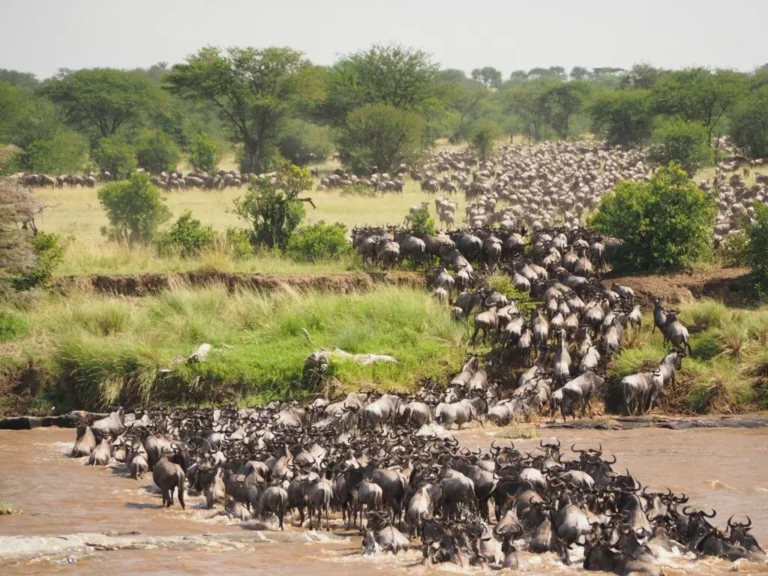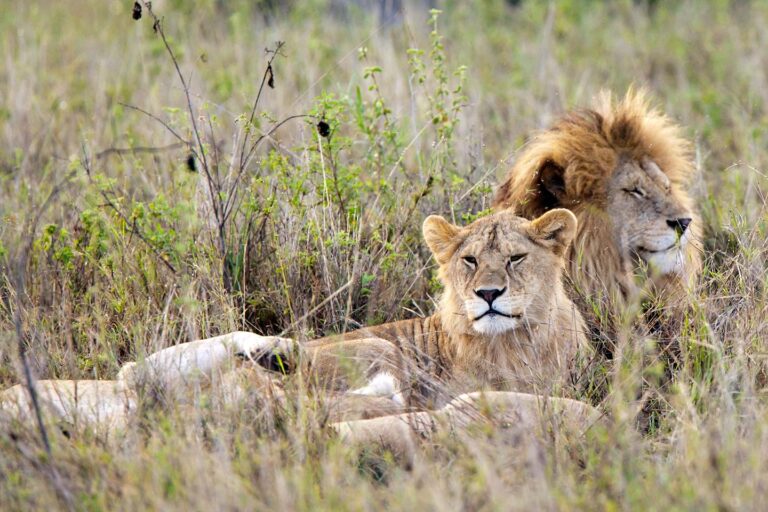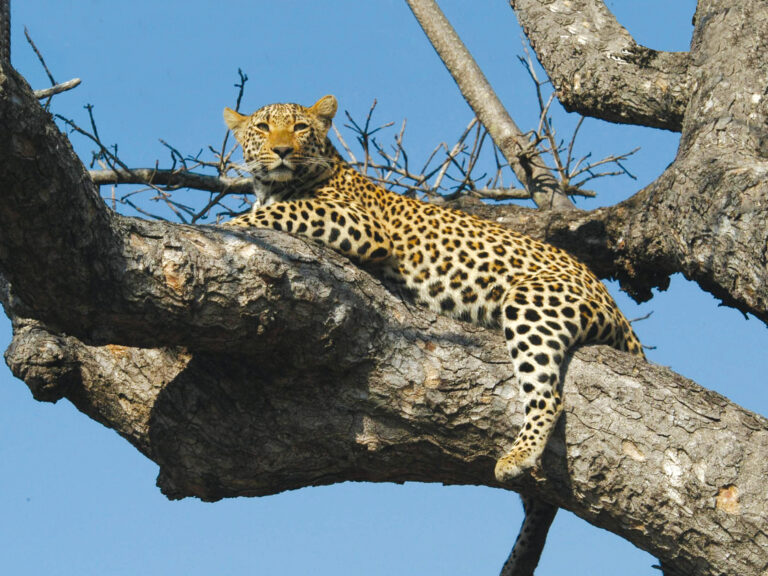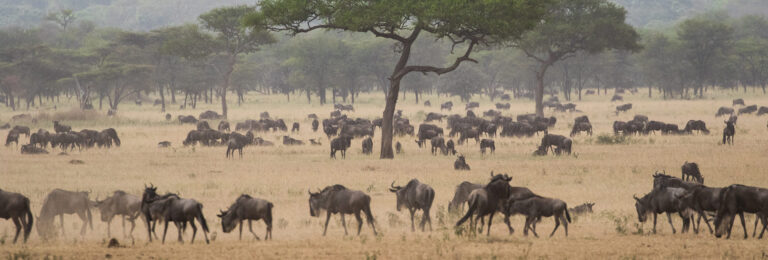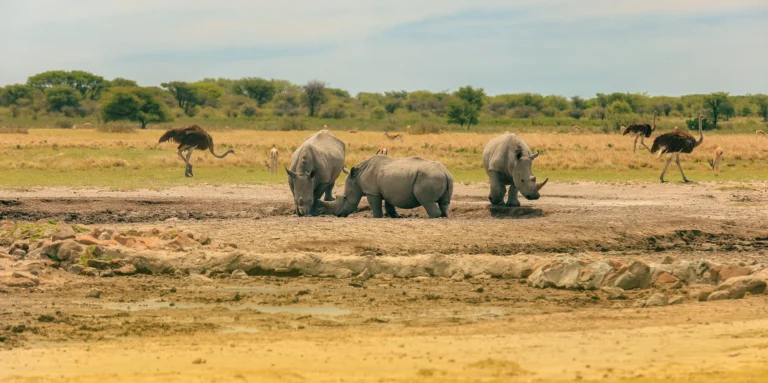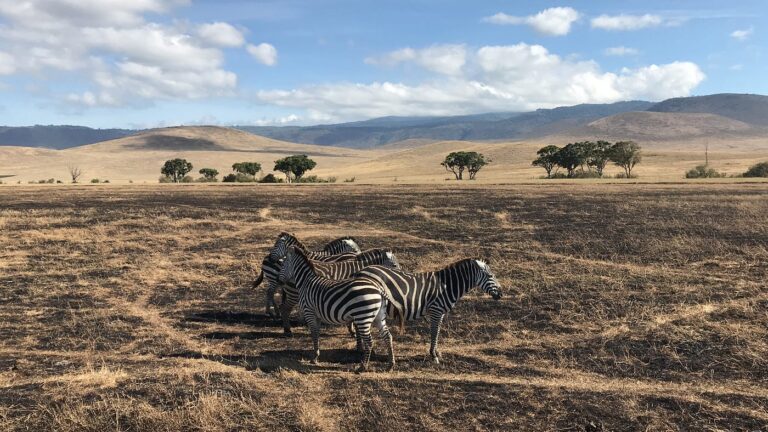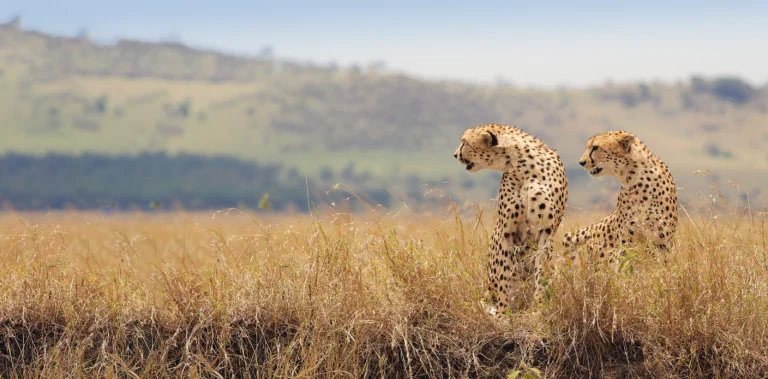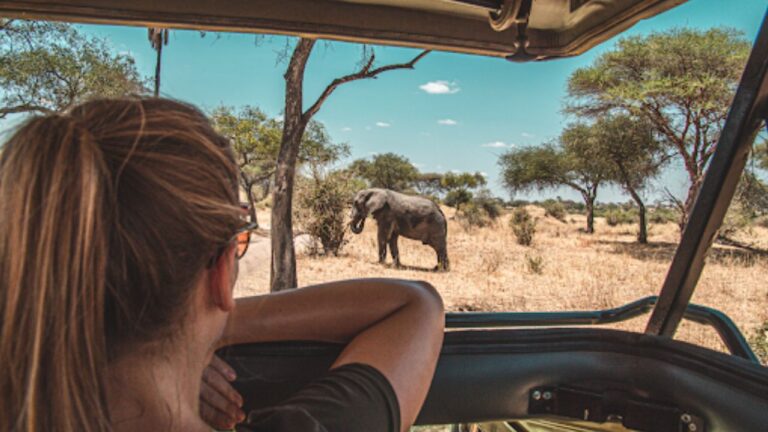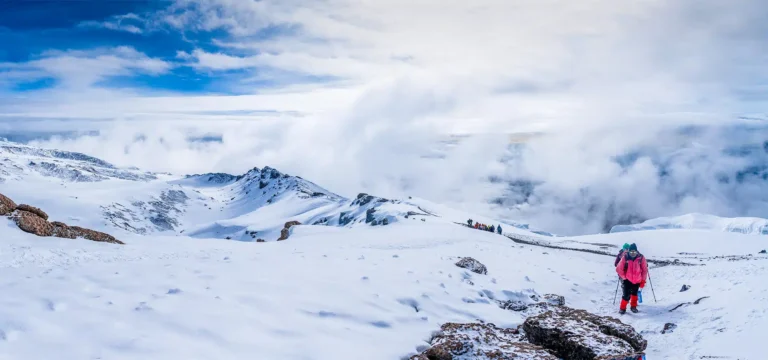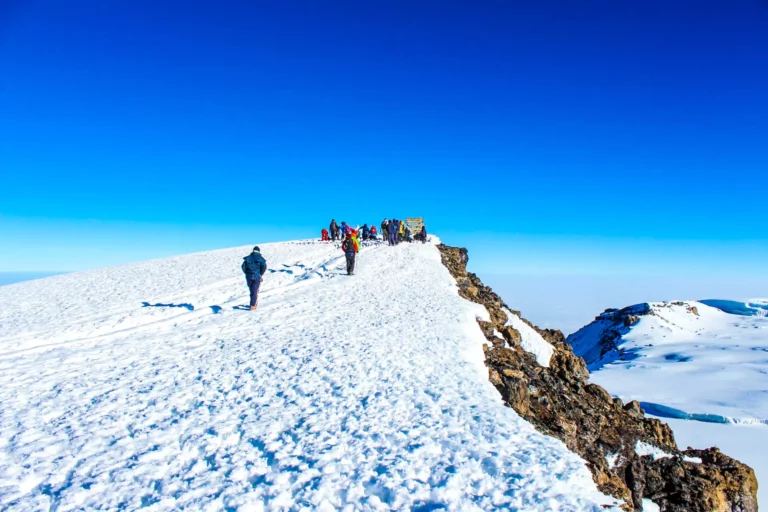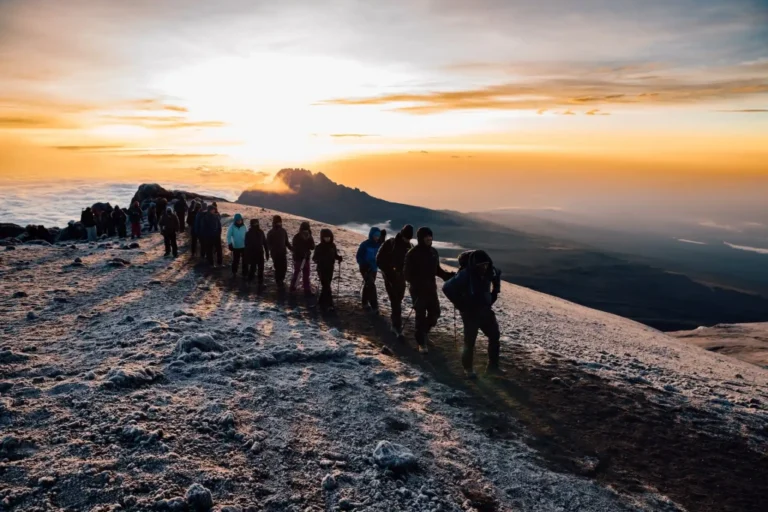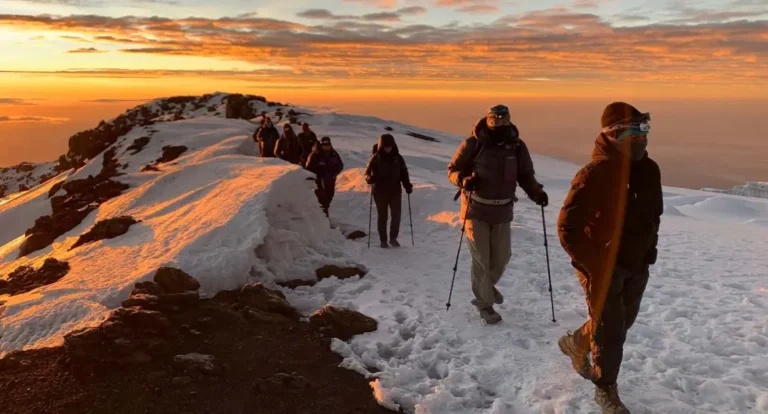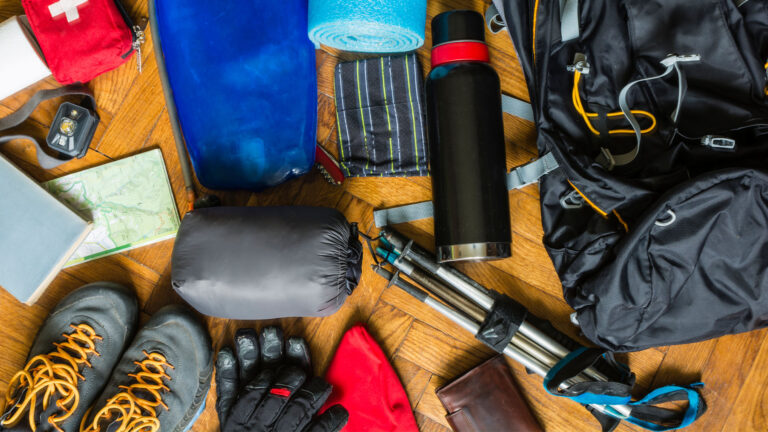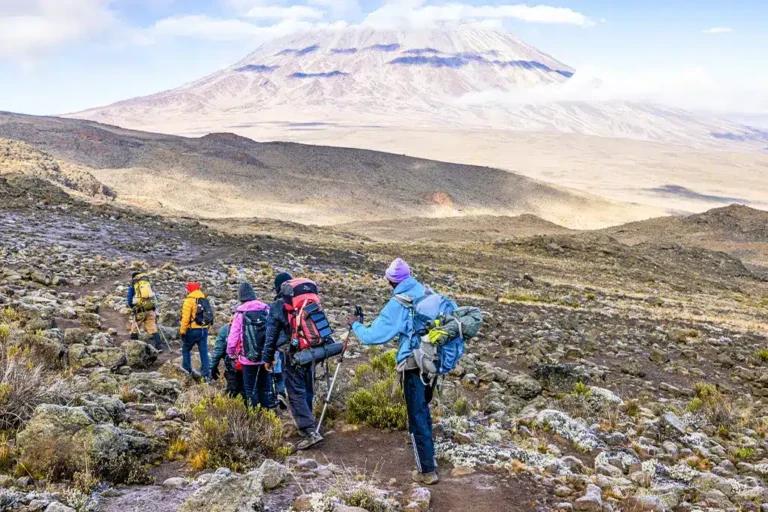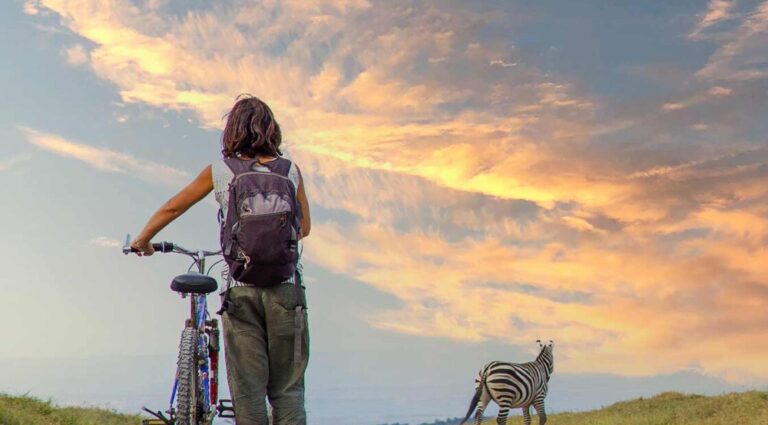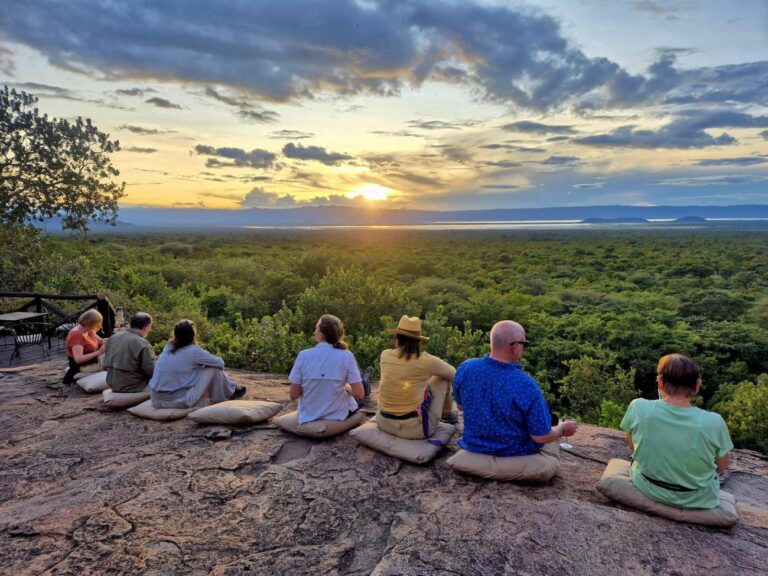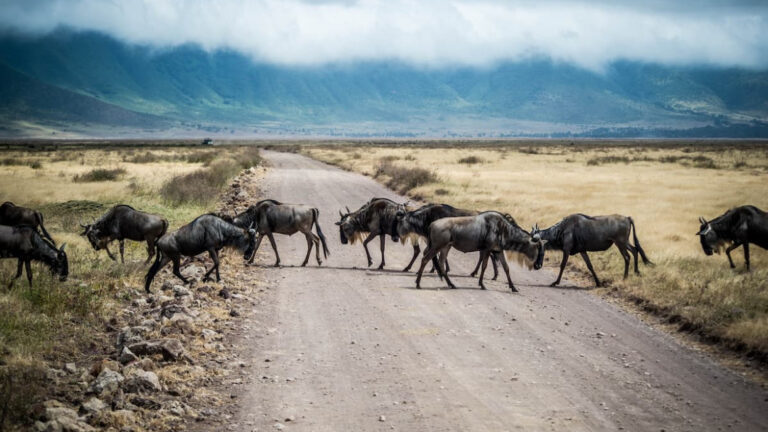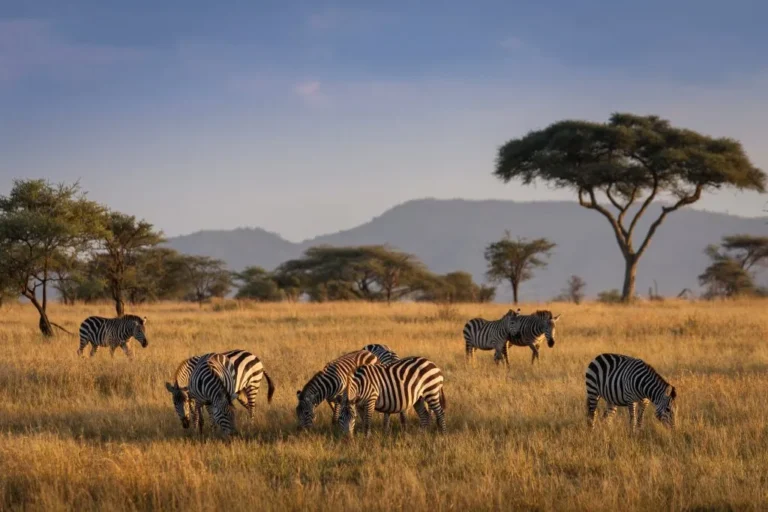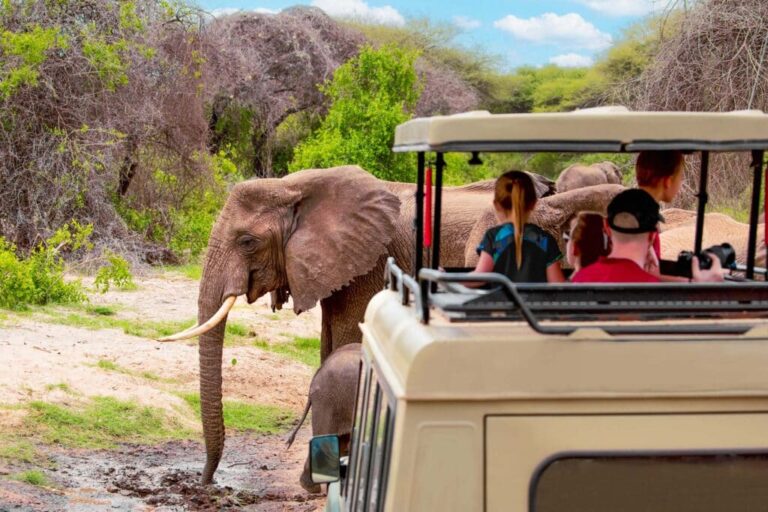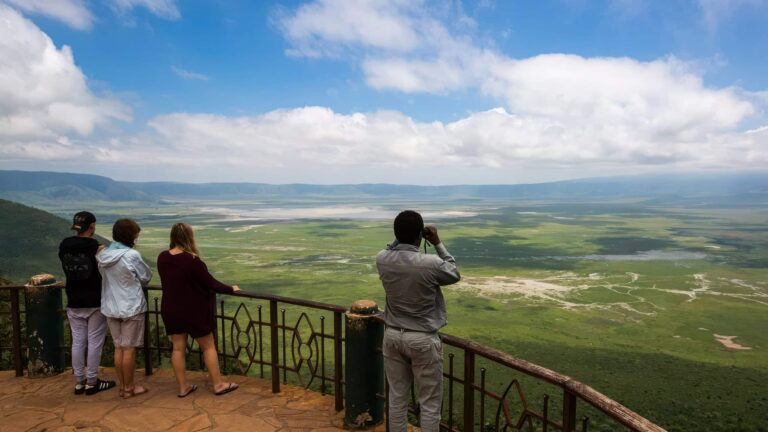Preparing for a climbing safari in Tanzania requires more than just enthusiasm. Whether tackling Kilimanjaro, Mount Meru, or other iconic peaks, proper training and the right gear are essential to ensure safety, comfort, and a successful summit.
Physical training is the first step. Cardiovascular exercises like running, hiking, cycling, and swimming improve stamina, while strength training for legs, core, and back builds endurance for long days on the trail. Flexibility exercises and yoga can also help reduce muscle soreness and improve balance on uneven terrain.
Mental preparation is equally important. Long climbs test both patience and determination. Visualization techniques, goal-setting, and mental rehearsal can help climbers stay focused, motivated, and resilient during challenging moments on the mountain.
Acclimatization training can also make a difference. If possible, practice hiking at higher altitudes before your trip. Even moderate elevation hikes help your body adapt to lower oxygen levels, reducing the risk of altitude sickness.
A climbing safari checklist ensures you have all essential gear. Key items include a quality backpack, layered clothing for variable temperatures, waterproof jackets, insulated gloves, hats, trekking poles, and sturdy hiking boots. Each item plays a role in comfort, safety, and performance at high altitudes.
Sleeping arrangements require attention too. A good sleeping bag rated for sub-zero temperatures, an insulated sleeping mat, and headlamps are vital for overnight camps. Luxury climbs may provide some equipment, but budget travelers should pack accordingly.
Nutrition and hydration equipment are also important. Water bottles, hydration packs, and high-energy snacks like nuts, energy bars, and dried fruits keep your body fueled. Proper nutrition during training and the climb improves performance and reduces fatigue.
Health and safety items complete the checklist. A personal first-aid kit, altitude sickness medication, sunscreen, sunglasses, and insect repellent help protect against common risks. Guides often carry extra supplies, but being self-sufficient is always safer.
Route-specific gear can make a difference. Some trails are rocky, others muddy or icy. Gaiters, crampons, or trekking poles may be recommended depending on the season and chosen route. Check with your trekking provider to confirm required gear.
By combining consistent training, careful preparation, and the right equipment, climbers can maximize their chances of a safe and successful summit. With preparation in place, your Tanzanian climbing safari becomes not just a challenge, but a thrilling and rewarding adventure.

